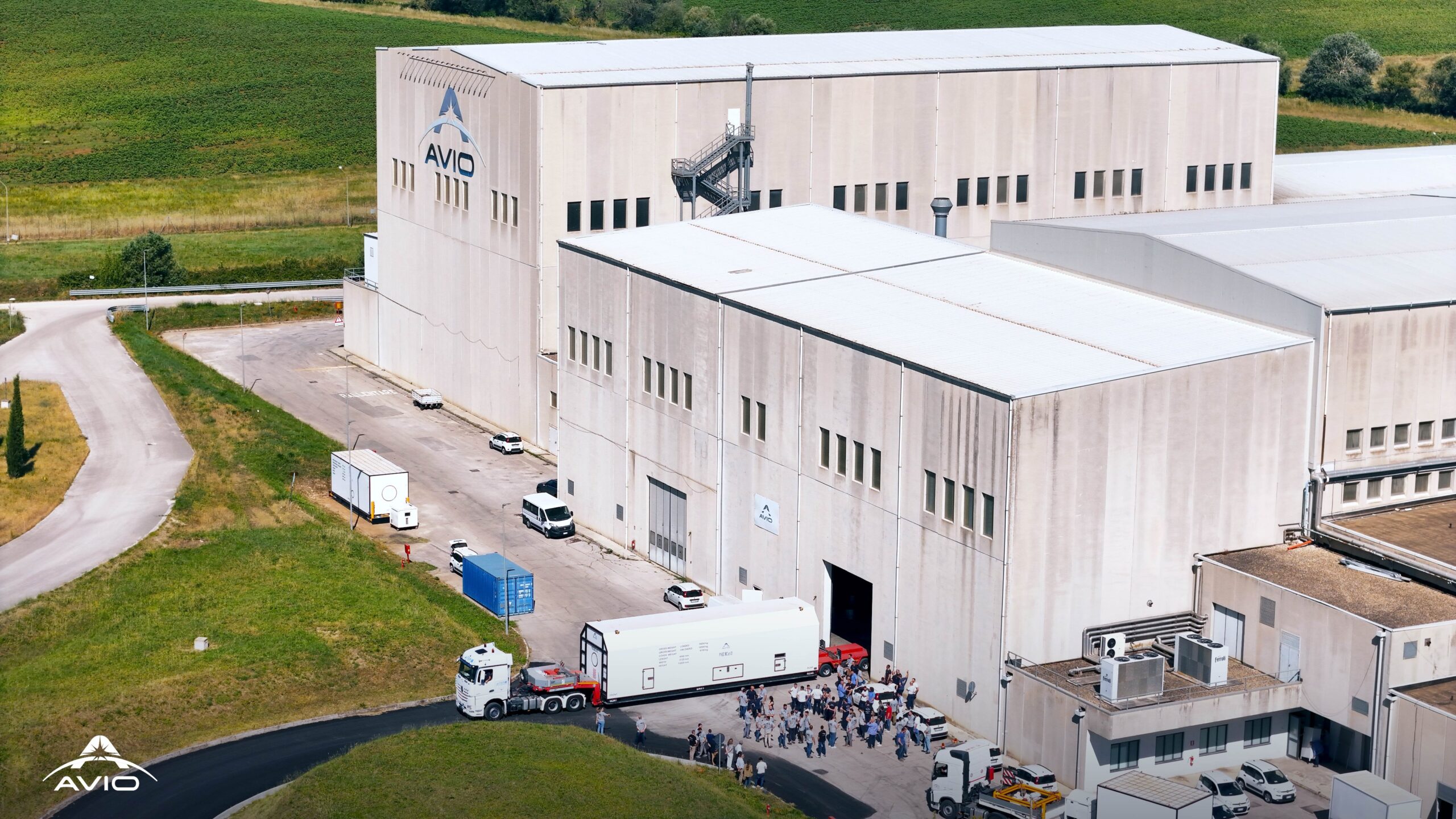Since the dawn of the space age, 14 successive United States presidents have been committed to developing space for the betterment of humankind and to advance our national interests. Today, the U.S. is the undisputed global leader in space. But space has become a more competitive, complex and congested environment. To retain the American edge and build a global space economy driven by U.S. innovation, the next president should emphasize protecting U.S. space interests from growing threats, shaping space governance frameworks according to U.S. norms and values and maintaining U.S. leadership in space exploration and discovery.
Up until the late 1970s, only five nations were capable of launching a satellite into space, with space activities falling solely under the domain of government agencies. Today, about 13 nations and dozens of companies from around the world have the ability to launch spacecraft into orbit, and over 80 countries operate satellites in space. Over the last several years, the space power of America’s historic rival, Russia, has waned, while China has made great strides and begun to challenge U.S. civil, commercial and national security space leadership.
Chinese space companies are seeking to replicate the global commercial success of Chinese telecommunications giants Huawei and ZTE and compete with the U.S. in areas like space launch and satellite broadband. In civil space exploration, China competes with the U.S. as a matter of national pride. Beijing also understands the soft power benefits of space and uses space as a diplomatic tool to grow its global influence and supplant the U. S. as the partner of choice for international collaboration.
China also poses a security threat to the U.S. in space, maintaining a portfolio of ground-based and space-based weapons that can disable, damage or destroy satellites. China recognizes the immense value U.S. military forces have gained from space-enabled services like overhead reconnaissance, satellite communications and precision-guided munitions, and is aggressively fielding its own military space systems purpose-built for 21st century warfare.
But Beijing does not hold a monopoly on the ability to exploit space for its own military advantage. Russian plans to deploy a nuclear weapon in space signal a dangerous and indiscriminate approach to space warfare, which would put at risk the entire global economy — not just U.S. and allied space capabilities. On more than one occasion, Russia has warned that it will treat U.S. commercial satellites as legitimate military targets.
Looking forward, the U.S. should continue to emphasize defending and protecting U.S. satellites while strengthening the resilience of U.S. space forces. Legacy U.S. space systems are highly vulnerable to emerging threats, with very few ways to defend themselves. In the opening days of any conflict, U.S. adversaries would almost certainly target our most important satellites.
To prevent a devastating loss of space capability from an adversary’s first strike, the next administration should double down on efforts to diversify those space systems that support U.S. national defense — by migrating away from single points of failure and toward a robust space architecture that integrates U.S. government, U.S. commercial, and allied capabilities. More resilient architectures should be paired with credible U.S. counterspace capabilities that can defend U.S. space systems and also deny adversary kill chains that are increasingly enabled by space systems. Openly discussing such capabilities, like France has done, will help normalize space as a warfighting domain and make clear to potential adversaries that the United States will protect and defend its interests in space, just as it does in every other domain.
Efforts to protect vital U.S. interests in space cannot be limited to just government satellites but most also include commercial ones because of the critical role they play in our security, economic prosperity and way of life. Furthermore, for combined space operations with allies and partners to most effectively contribute to our national defense, the U.S. must continue advancing combined planning and capability interoperability with space-capable allies and security partners. The U.S. fights alongside coalition partners in every other domain; space should be no different.
To retain U.S. commercial space leadership, domestic and international regulatory and governance frameworks should be calibrated to best reflect American free-market principles. With respect to U.S. regulation of space activities and mission authorization, that means creating an approach that minimizes red tape and barriers for innovative new space businesses and centralizes and streamlines government oversight of commercial space activities, ensuring U.S. companies can compete with international peers, especially ones from China. The most efficient arrangement involves providing one government agency oversight authority for commercial space activities, narrow grounds on which the government can deny an application for a private sector space mission, and a shot-clock time limit for government action, with the default action being mission approval when regulatory requirements are met.
This also means modernizing U.S. export rules — something that has been long promised but not achieved — that serve as a barrier to U.S. commercial space competitiveness abroad. Continuing to treat satellites and their components as extensions of missile technology is an outdated approach to export controls that ignores the many reasons countries around the world pursue space programs and serves only to harm leading U.S. companies from capturing international market share.
At the same time, the U.S. should demonstrate global leadership in the responsible and safe use of space and lead development of a pragmatic international framework governing space activities. With an increasing number of countries aspiring to field large constellations and extend the benefits of space to more of humanity, rules and norms that limit the creation of harmful space debris and provide clear guidance on space traffic coordination should be top priorities.
Developing and implementing such an approach requires engagement with China because most space activities are and will be conducted by the U.S. and China for the foreseeable future. While neither nation can unilaterally set the rules, U.S. leadership can shape those rules to align with U.S. values, setting the conditions for U.S. companies to thrive in a U.S.-led space economy. At the same time, engagement with China can also support developing a framework that encourages broad international adherence, as rules are only useful when everyone follows them.
Finally, because we are a nation of explorers, we should remain focused on leading the world in space exploration and science. Specifically, the U.S. should remain firmly committed to the Artemis program — NASA’s initiative to return to the moon — and use this investment to lay the foundation for the future space economy. By extending space-based infrastructure — communications, navigation, and situational awareness — out to the moon, NASA can enable international and commercial partners to join in the next era of space exploration and commercialization. Additionally, NASA should lead the way in the exploration of Mars and prioritize the Mars Sample Return mission; otherwise China may become the first nation to bring back samples of the Martian surface to Earth.
Embarking on the moon race, President Kennedy said in 1962, “We set sail on this new sea because there is new knowledge to be gained, and new rights to be won, and they must be won and used for the progress of all people.” In 1984, when announcing America’s commitment to building a space station, President Reagan observed much the same: that “America has always been greatest when we dared to be great. … We can follow our dreams to distant stars, living and working in space for peaceful, economic, and scientific gain.”
These sentiments and goals transcend politics and have stood the test of time. The next four years present opportunities for the next administration in space. We must remain laser focused on the prize — maintaining U.S. leadership in civil, commercial and national security space for the benefit of our security and our society. Above all else, we must continue to dare to be great in space.
Clayton Swope is the deputy director of the Aerospace Security Project and a senior fellow in the International Security Program at the Center for Strategic and International Studies (CSIS) in Washington. He previously served as a congressional staffer and worked at the CIA.
Audrey Schaffer is a senior associate (non-resident) at CSIS and the Vice President of Strategy and Policy at Slingshot Aerospace. She previously served in the U.S. government for over 15 years, including on the National Security Council staff and at the Department of Defense.



